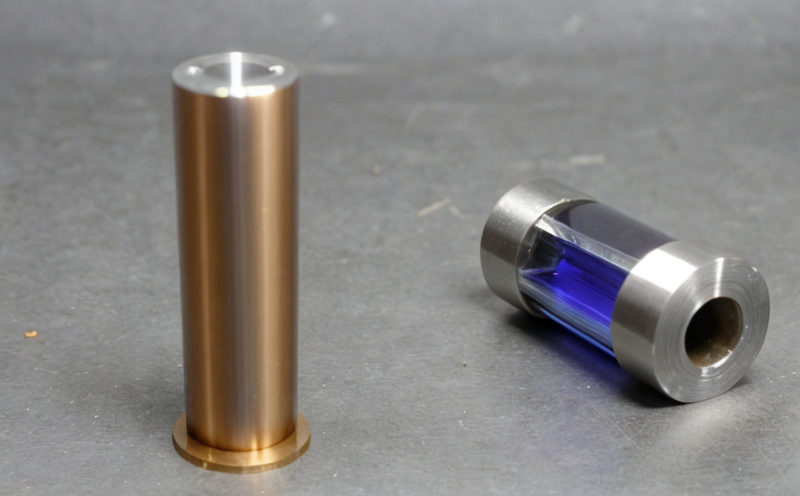DIN 53894 Testing of dimensional behavior after washing
The DIN 53894 standard is widely recognized in Europe and beyond for its stringent requirements on the dimensional stability of textile materials. This test evaluates how fabrics behave dimensionally after undergoing a series of wash cycles, ensuring that the fabric retains its original dimensions over repeated use. Understanding this behavior is crucial for quality assurance, compliance with industry standards, and meeting customer expectations.
Textile manufacturing involves various processes, including dyeing, printing, and finishing, which can affect the dimensional stability of fabrics. This test specifically targets these concerns by simulating real-world washing conditions to assess fabric shrinkage, distortion, and overall integrity. The test is particularly important for garments that are subject to frequent laundering or use in environments where high performance and durability are required.
The process involves preparing specimens according to the standard's specifications. These specimens undergo a defined washing cycle, typically using detergents and water temperatures relevant to commercial washing machines. After drying, the fabric is measured multiple times at specific intervals to observe any changes in dimensions. The results provide valuable insights into how the fabric will perform under actual use conditions.
The standard specifies acceptance criteria that define what constitutes acceptable dimensional stability. Compliance with these criteria ensures that fabrics meet the required performance levels, which are essential for both consumer satisfaction and regulatory compliance.
| Test Specimens | Description |
|---|---|
| Type A | Standard fabric swatches measuring 10 cm x 20 cm |
| Type B | Garment samples, representative of the actual product design and construction |
The test results are reported in terms of percentage shrinkage or distortion. This allows for a quantitative assessment that can be used to compare different materials or production batches. The DIN 53894 test is particularly useful for developers, manufacturers, and quality assurance teams who need to ensure consistent performance across their product lines.
Regular testing helps identify potential issues early in the development process, allowing for timely adjustments. This can prevent costly rework and improve overall product quality. Additionally, compliance with this standard enhances a company's reputation among customers and stakeholders by demonstrating commitment to high-quality standards.
Scope and Methodology
The DIN 53894 test evaluates the dimensional behavior of textile materials after washing, focusing on shrinkage and distortion. This section details the scope and methodology used in conducting this essential test.
| Test Parameters | Description |
|---|---|
| Washing Conditions | Water temperature: 60°C, Detergent type: Standard laundry detergent |
| Drying Method | Tumble drying at 70°C until the fabric reaches a stable condition |
The methodology involves preparing test specimens according to the standard's specifications. Type A specimens consist of standard fabric swatches, while Type B includes garment samples that are representative of the actual product design and construction.
- Prepare specimens following the provided guidelines in DIN 53894.
- Subject specimens to a washing cycle using the specified conditions.
- Dry the specimens according to the prescribed method.
- Measure the dimensions at various intervals, including before and after drying.
The results are analyzed based on the percentage change in dimensions. Acceptance criteria define what is considered acceptable for each type of specimen. Compliance with these criteria ensures that the fabric meets the required performance levels.
| Acceptance Criteria | Description |
|---|---|
| Type A (Fabric Swatches) | Total shrinkage should not exceed 5% in any direction. |
| Type B (Garment Samples) | Total shrinkage should not exceed 6% in any direction. |
The methodology ensures that the test results are accurate and reliable, providing valuable insights into the dimensional stability of textile materials. This information is crucial for ensuring consistent performance across product lines and meeting customer expectations.
Why Choose This Test
- Promotes compliance with international standards.
- Ensures high-quality products that meet consumer expectations.
- Provides valuable data for product development and quality control.
- Reduces the risk of product failure due to dimensional instability.
- Enhances a company's reputation among customers and stakeholders.
- Supports regulatory compliance in various industries.
DIN 53894 testing is an essential tool for textile manufacturers, developers, and quality assurance teams. By choosing this test, you can ensure that your products meet the highest standards of dimensional stability, enhancing their performance and durability over time.
International Acceptance and Recognition
- The DIN 53894 standard is widely accepted in Europe and globally.
- Many international organizations recognize this test as a benchmark for textile quality.
- Incorporated into various certification programs and regulations.
- Used by leading brands to ensure consistent product performance.
DIN 53894 testing is not only recognized in Europe but also accepted internationally. Its acceptance ensures that products meet the highest standards of quality, promoting consistency across global markets. This recognition enhances a company's reputation and helps build trust with customers and stakeholders.





